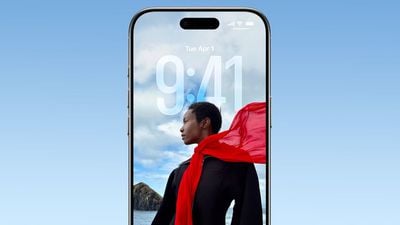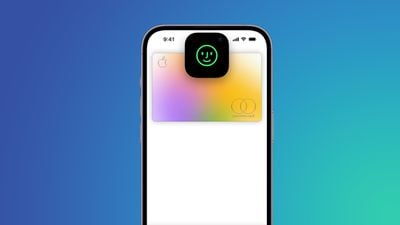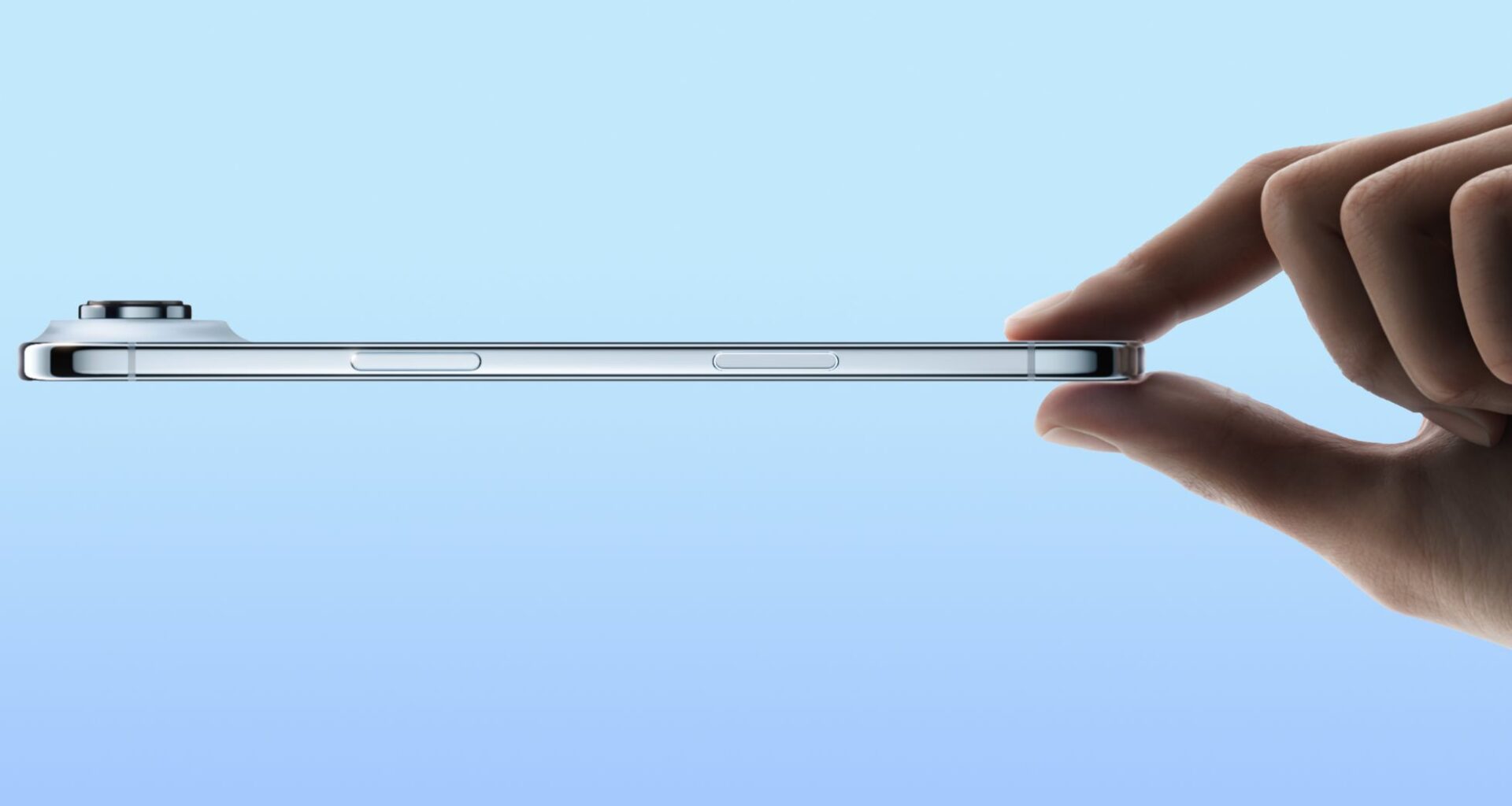Display
The iPhone Air has a 6.5-inch Super Retina XDR OLED Display with a 2736 × 1260 resolution at 460 pixels per inch. Like the iPhone 17 Pro models, it features 3,000 nits peak brightness when outdoors, 1,600 nits peak HDR brightness, and 1,000 nits typical max brightness. The display goes down to 1-nit minimum brightness for Always-On display functionality. There’s a 2,000,000:1 contrast ratio along with support for HDR and P3 Wide color for vivid, true-to-life colors. HDR10 and Dolby Vision are supported.
ProMotion is supported, and the iPhone Air has an adaptive refresh rate ranging from 1Hz to 120Hz. ProMotion offers smoother scrolling speeds and improvements to videos and games. It has typically been a feature reserved for the Pro iPhone models, but this year, the iPhone Air and all iPhone 17 models support ProMotion.
True Tone support matches the white balance of the iPhone to the ambient lighting in the room for a viewing experience that is easier on the eyes. Apple included the standard fingerprint-resistant oleophobic coating, and also added a seven-layer anti-reflective coating that reduces glare.
Ceramic Shield 2
The iPhone Air’s display is protected by Ceramic Shield 2, which Apple uses instead of glass. Ceramic Shield 2 provides 3× better scratch resistance than the prior version of the Ceramic Shield.
Dynamic Island
Like the rest of the iPhone lineup, the iPhone Air has a Dynamic Island. The Dynamic Island houses the TrueDepth sensor for Face ID and the new 18-megapixel Center Stage front-facing camera.
The Dynamic Island includes a pill-shaped cutout on the left side for the TrueDepth system, and a small circular cutout on the right side for the camera. Apple uses software to combine the two cutouts into one pill-shaped feature on the iPhone’s display. It is typically displayed as a single pill shape, but in some instances, it can split into two circles.

The Dynamic Island has been fully integrated into the iPhone’s interface, and it is used as a quick access hub to display notifications and important information from apps and services. When you make an Apple Pay payment, for example, Dynamic Island expands into a square shape to show confirmation of your Face ID scan, and when on a phone call, it expands so you have phone controls at your fingertips.
The Dynamic Island can display everything from Maps directions to Apple Music, and it integrates with Live Activities. There are no changes to the Dynamic Island with the iPhone Air.
TrueDepth Camera and Face ID
The iPhone Air incorporates Face ID, Apple’s facial recognition system that is part of the Dynamic Island.

Face ID is used across iOS for unlocking the iPhone, allowing access to passcode-protected apps, confirming app purchases, authenticating Apple Pay payments, and more.
Face ID works through a set of sensors and cameras. A Dot Projector projects tens of thousands of invisible infrared dots onto the surface of the skin to create a 3D facial scan that maps the curves and planes of each face, with the scan read by an infrared camera.
The facial depth map is relayed to the A19 Pro chip where it is transformed into a mathematical model that the iPhone uses to authenticate identity. Face ID works in low light and in the dark, and with hats, beards, glasses, sunglasses, scarves, masks, and other accessories that partially obscure the face.
Front-Facing Camera
The Dynamic Island also includes the new 18-megapixel front-facing camera that Apple added to this year’s iPhones. Apple is calling the new selfie camera the “Center Stage” front camera.
The Center Stage camera has the first square camera sensor on an iPhone, and it provides a wider field of view that can capture more detail, so you can now take a portrait or landscape selfie while holding your phone vertically. You can simply tap on an icon in the camera app to change the photo orientation.
For group shots with the front-facing camera, Center Stage uses AI to expand the field of view and can rotate from portrait to landscape to fit everyone in the shot.
The camera supports ultra-stabilized video in 4K HDR, and there is an option to record with the front and rear cameras simultaneously using the new Dual Capture feature. During video calls, Center Stage works to keep you stable and in the frame.
The front-facing camera also supports Night mode, Smart HDR 5 integration, Dolby Vision HDR recording, Deep Fusion to bring out fine details, a Photonic Engine that improves low-light performance, and a portrait feature that lets you take images and turn them into portrait shots later.
Other options include QuickTake video for transitioning from snapping a photo to taking a video, slo-mo video, Portrait mode and Portrait Lighting, and the Photographic Styles feature for selectively applying edits.
